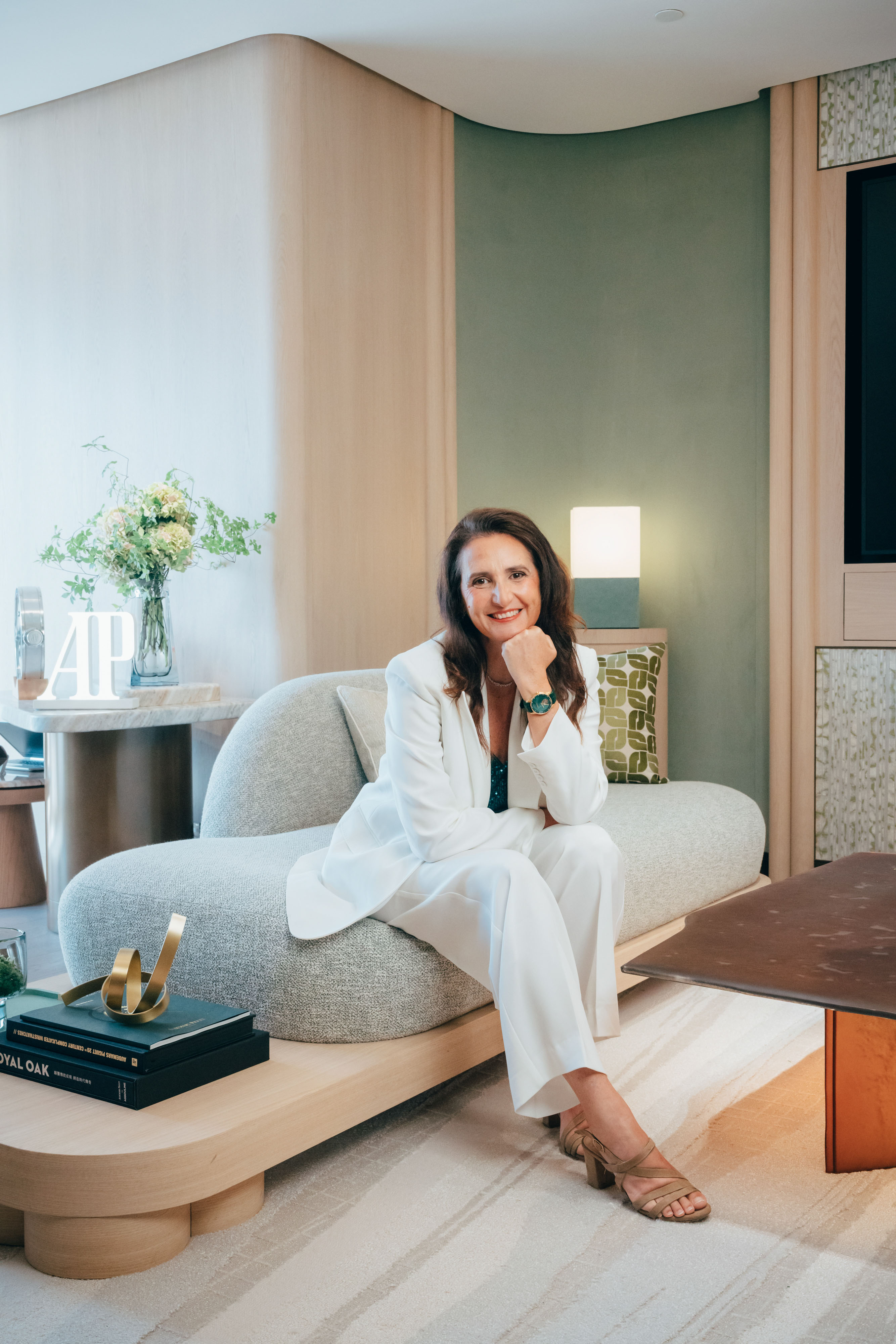The city’s luxury property market finds itself at the eye of a perfect storm

The city’s luxury property market finds itself at the eye of a perfect storm
London house prices rose to a record in March, led by gains in some of the city’s most expensive districts, according to research group Acadametrics. In the quarter to March this year, sought-after areas Kensington and Chelsea saw property prices rise 29.3% from a year earlier. The sales of London properties valued at more than £20m have, in the first three months of 2010, already surpassed the full-year of sales in 2009, according to Lucian Cook, director of residential research at estate agent Savills.
There’s no doubt that the UK capital has established itself as a focus for international prime real estate investors. Russian buyers remain the most prominent in the luxury residential property market, with an estimated 15% of all luxury properties in central London bought by Russians. But other nationalities are also keen to spend on the city’s prime real estate. Located safely out of the Eurozone, Greek investors are a recent addition to the market, thanks to the relatively weak value of GBP. According to figures released by Knight Frank Prime Central London Residential Index, last year 3% of all homes valued at over £2 million were bought by Greeks, but this number now stands at 6%. Italians are also being tempted by the currency rate, and now account for one in 10 foreign investors. Meanwhile, Mainland Chinese and Middle Eastern buyers continue to flex their muscles too.
But it seems that the attractive currency is just one of reasons attracting the international elite. Experts believes that price rises in London have also been encouraged by scarcity of supply, with many development schemes having been put on hold during the market downturn – although this is gradually changing as developers look to exploit the return of demand. One Hyde Park, which comprises 86 apartments expected to shift at £25m, is just one of the projects that has resumed marketing in the last couple of months.
It’s a story played out elsewhere. Surge in prime property prices have been seen in established markets like New York and the south of France as well as newer markets like Shanghai and Beijing, bring about a renewed sense of confidence. Many of the cities that saw the steepest falls in 2008, including Hong Kong, Singapore and London, have reemerged as among the strongest markets. But London finds itself the centre of attention now because the market is characterised by both weak supply and weak currency. Although it’s an enviable proposition for property developers, it is also a precarious one that is making more than a few wonder if it’s a sign of yet another bubble and burst cycle ahead.
Sources
Business Week – 14 May 10
Financial Times – 16 April 10
Wealth Bulletin – 7 May 10










